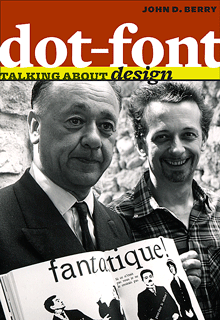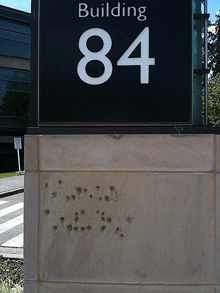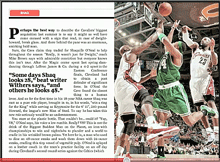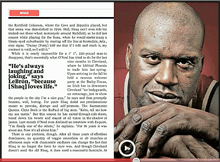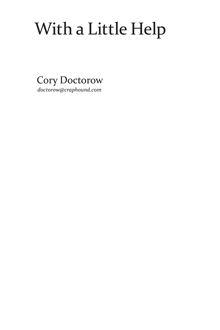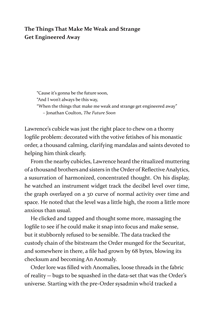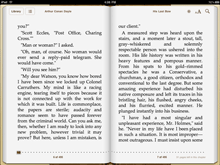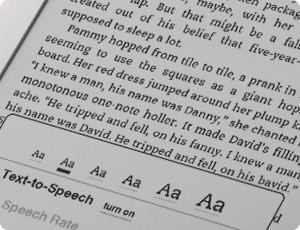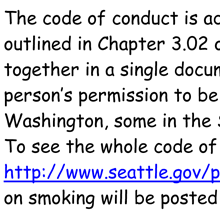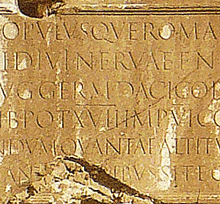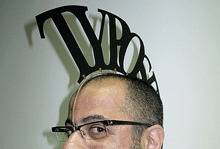Roger Black has been thinking about template-based editorial design for quite a while; when I was talking to him in Mexico City last year, he said he’d been focusing more and more on this kind of systematic design. Last week he, along with Eduardo Danilo, Sam Berlow, Robb Rice, and David Berlow, launched a new venture called “Ready-Media” that would market exactly that. “We’re making systems for pages, not pages themselves,” Roger said in their press release.
Over on spd.org, the website of the Society of Publication Designers, the shit hit the fan. Bob Newman’s brief article “Just Add Water” (Grids, July 20) generated a long slew of heated comments, many of them objecting to the very idea of design templates and worrying that Roger Black was (once again?) going to destroy the profession of publication design. A few people pointed out that templates have been with us for decades, and that the most likely effect may be to raise the base level of quality on low-end publications, rather than replacing “real” designers on big-ticket designs. (The real question there will be whether Ready-Media’s services are priced for low-end or high-end clients.)
Quite apart from the business of offering canned design for sale, templates are essential for what I call “automating quality.” This means not just crafting a beautiful page, but creating a flexible system that you can use to pour varying kinds of content into and create a reliably good result. When I was a compositor at Microsoft Press back in the 1980s, we worked on just this sort of problem with the books we were designing and producing. (I even found myself writing hexadecimal translation tables and complex logical “formats” in order to massage the text we imported into the CCI composition system.) On a text-paragraph level, this is also what Adobe implemented a decade later with InDesign’s multi-line composer. (In the interim, I had been writing a series of white papers for Aldus Corporation, delving into the details of the composition engines underlying, respectively, PageMaker and QuarkXPress, both of which were trying to create workable typographic defaults.)
Ideally, in a truly flexible layout system, you have the same kind of hierarchy of rules for laying out the elements on the page that you have for deciding where to hyphenate a word at the end of a line of text. It’s the same kind of “if, then” decision-making, but at different levels. I’ve seen web designers apply this kind of thinking (too rarely!) to the ever-shifting sizes and orientations of web pages, trying to make sure that the layout adapts to give the best possible result in any circumstances. (Not surprisingly, Ready-Media promises to add templates for web design shortly.) And at a simple level, even in a word-processing program, the use of paragraph- and character-level styles is a tool for intelligent automation.
Nobody can automate quality completely. At the end, you always need to apply a trained eye and make corrections and adjustments. But a good, well-thought-out decision-making system will get you to a much higher plane right from the start.


